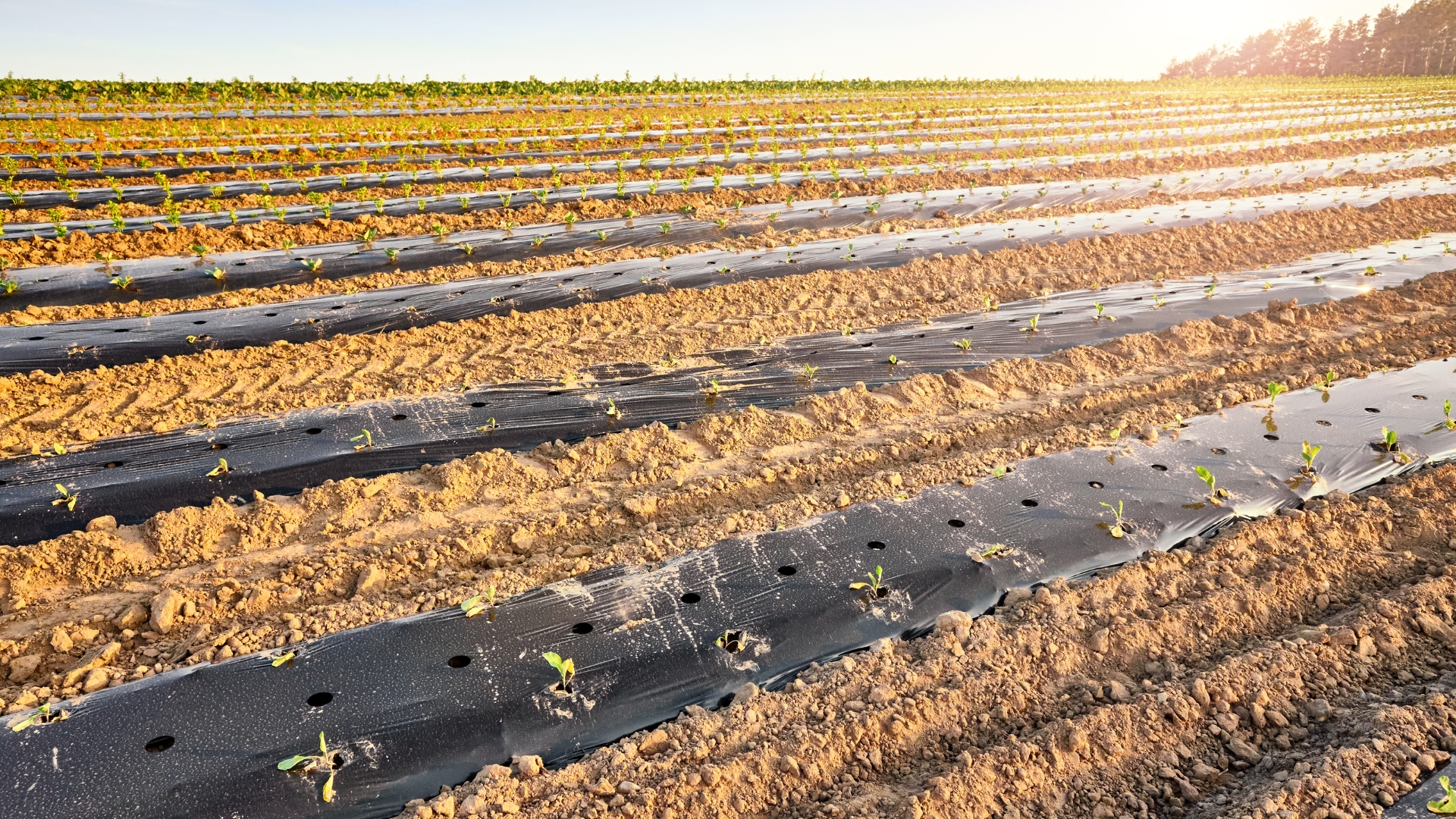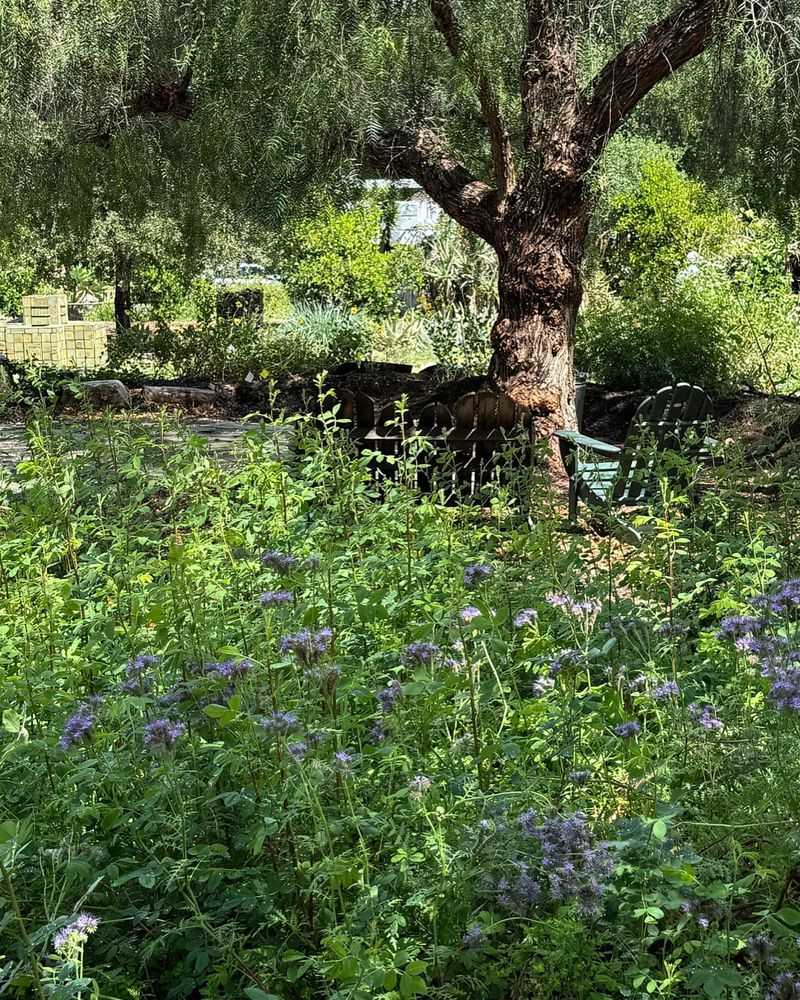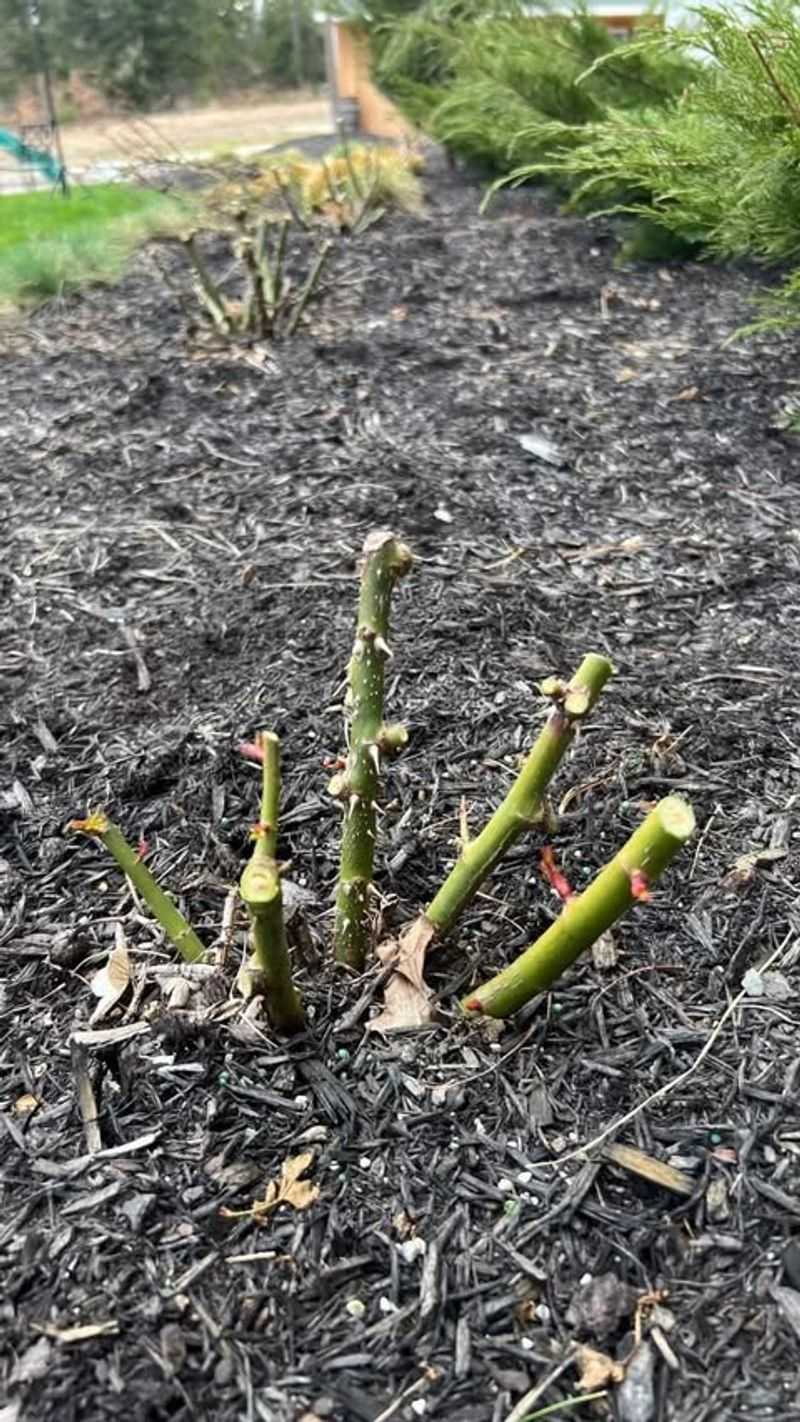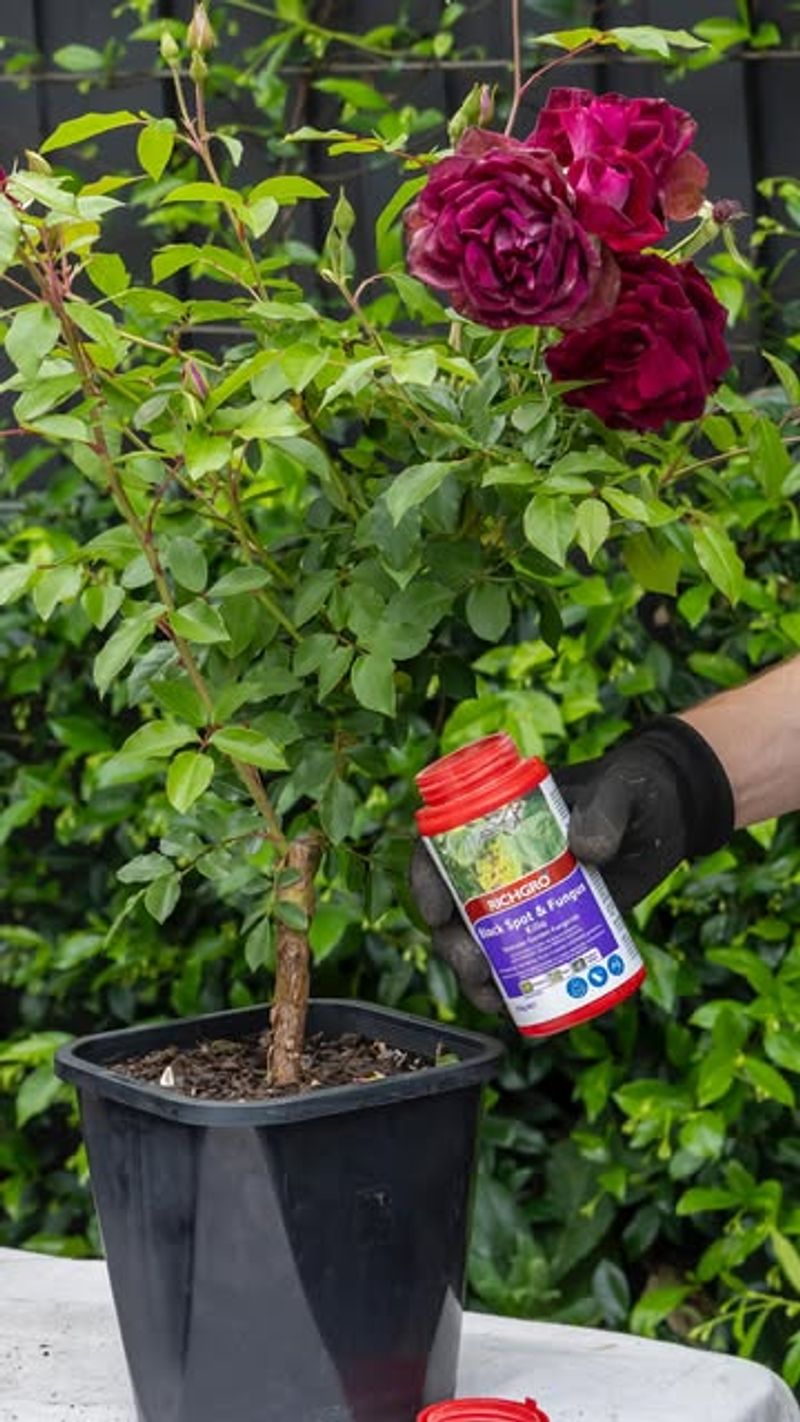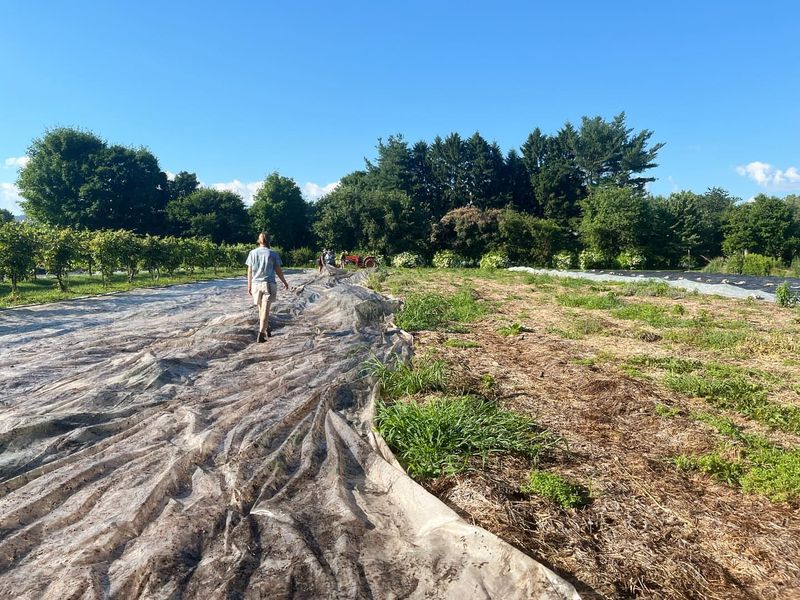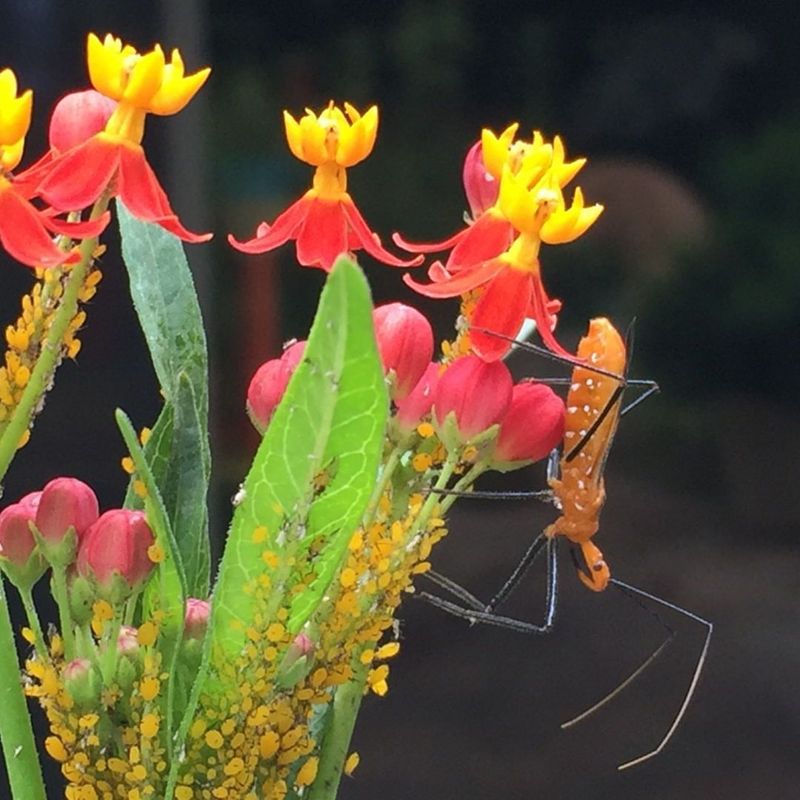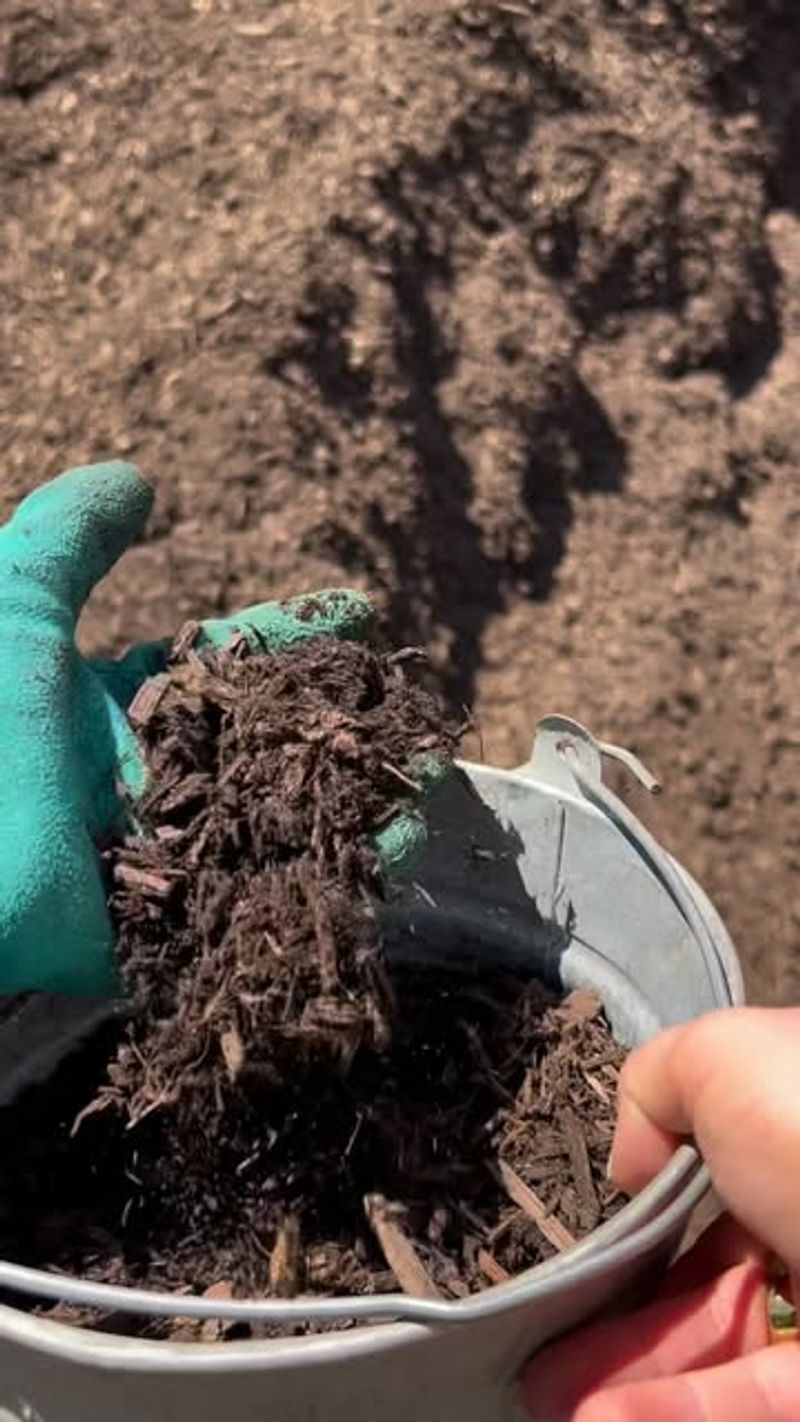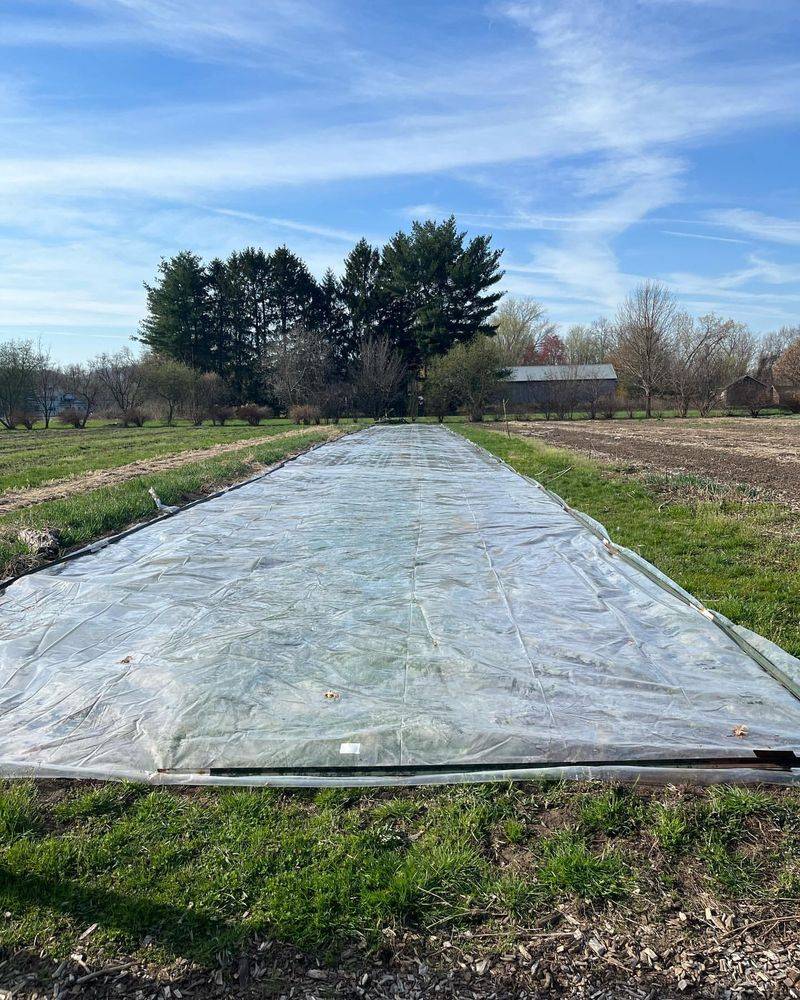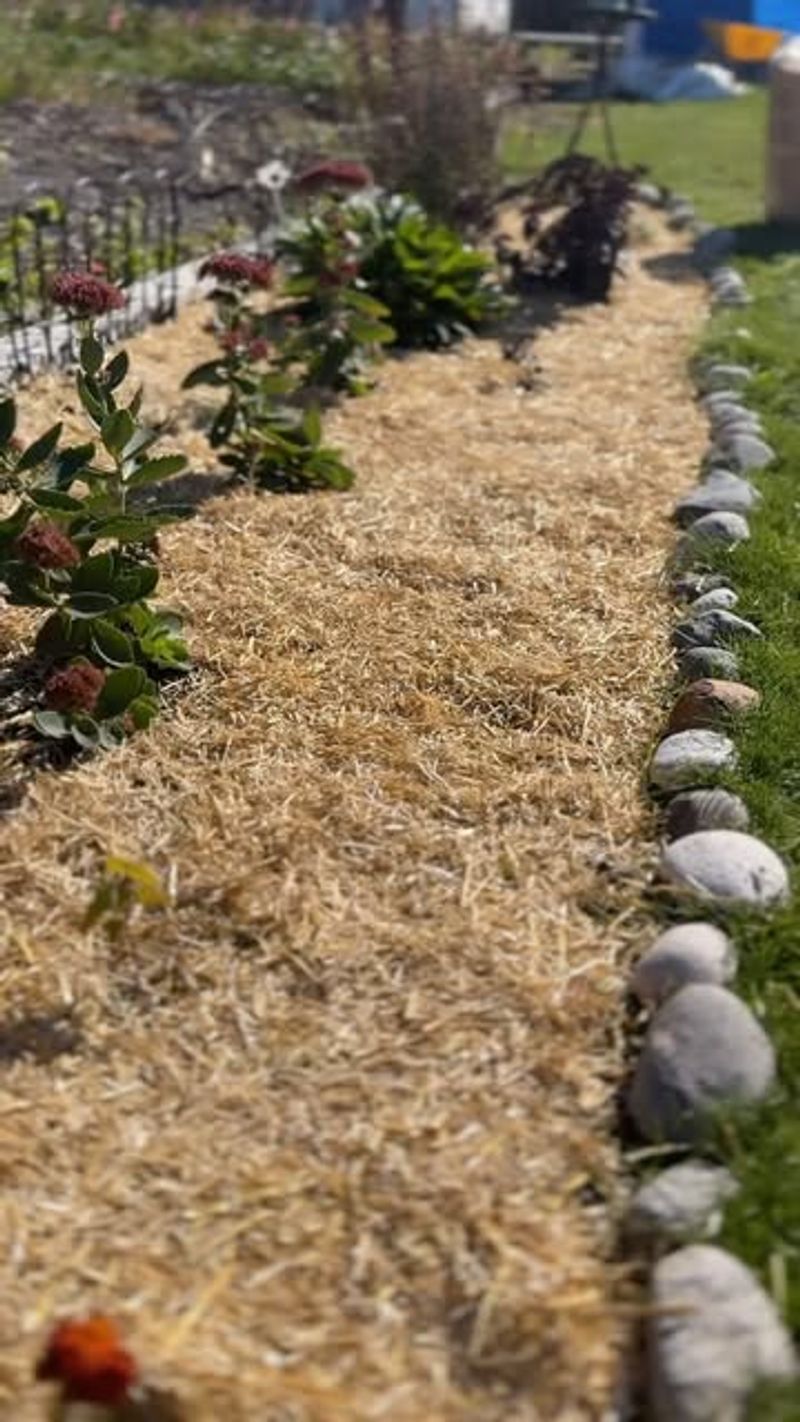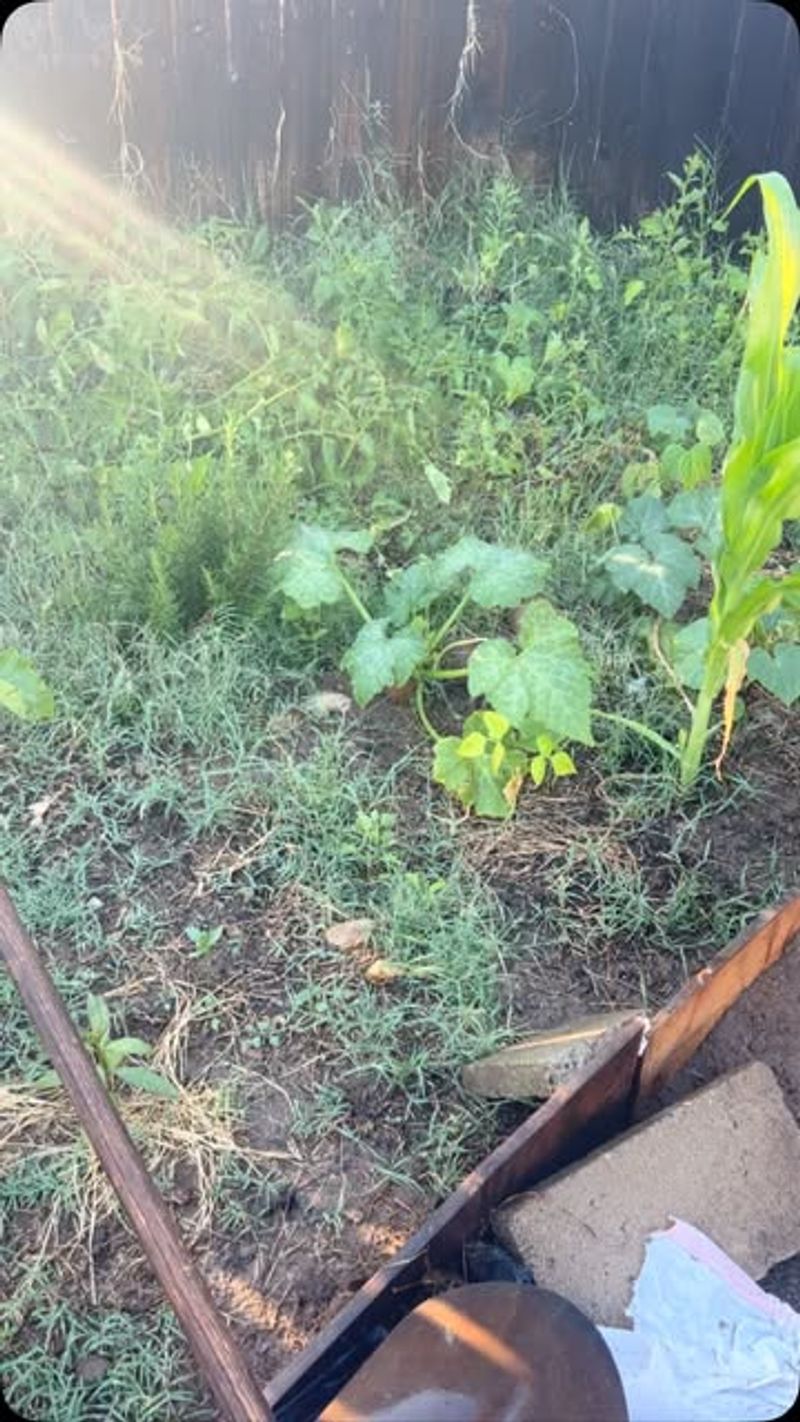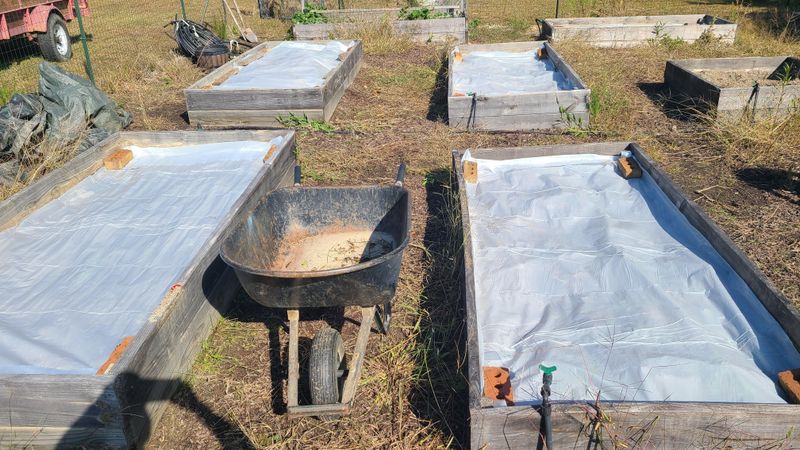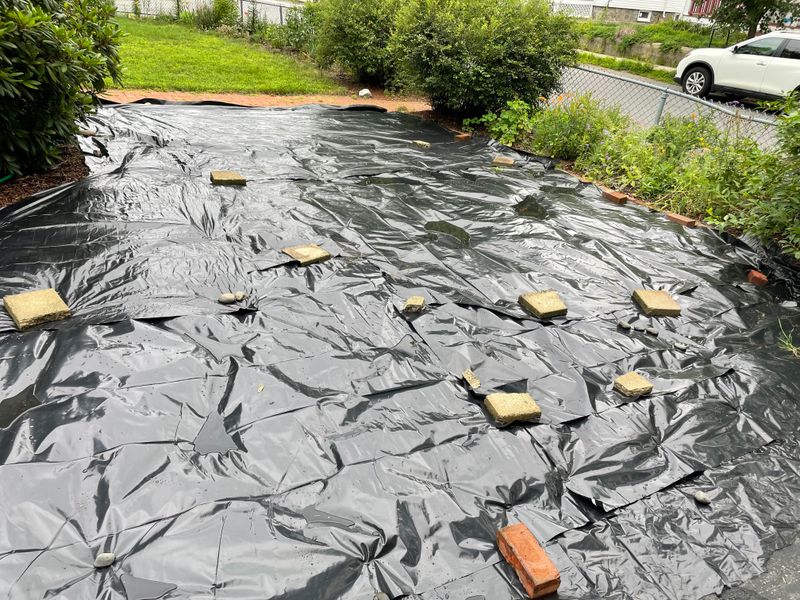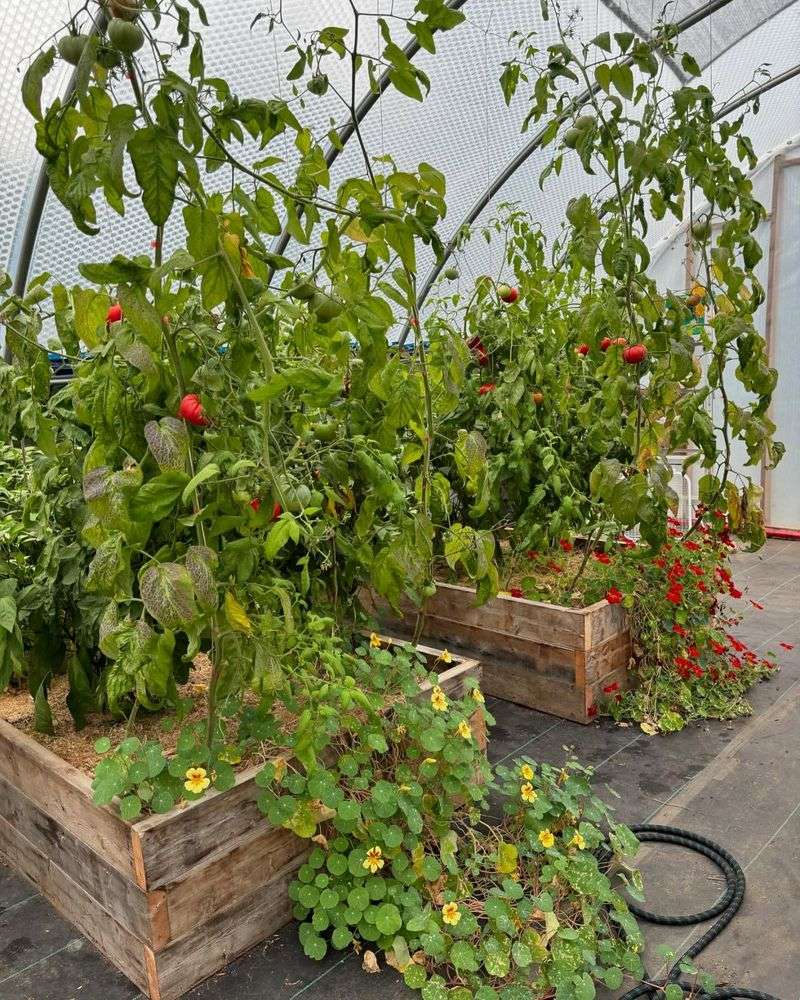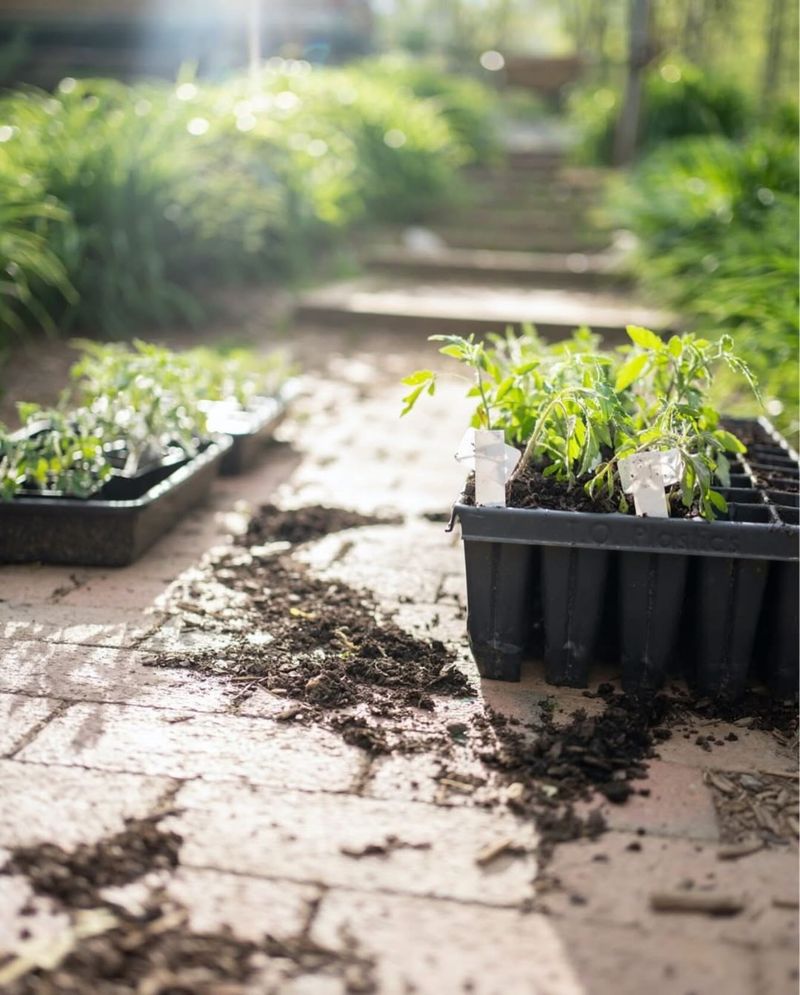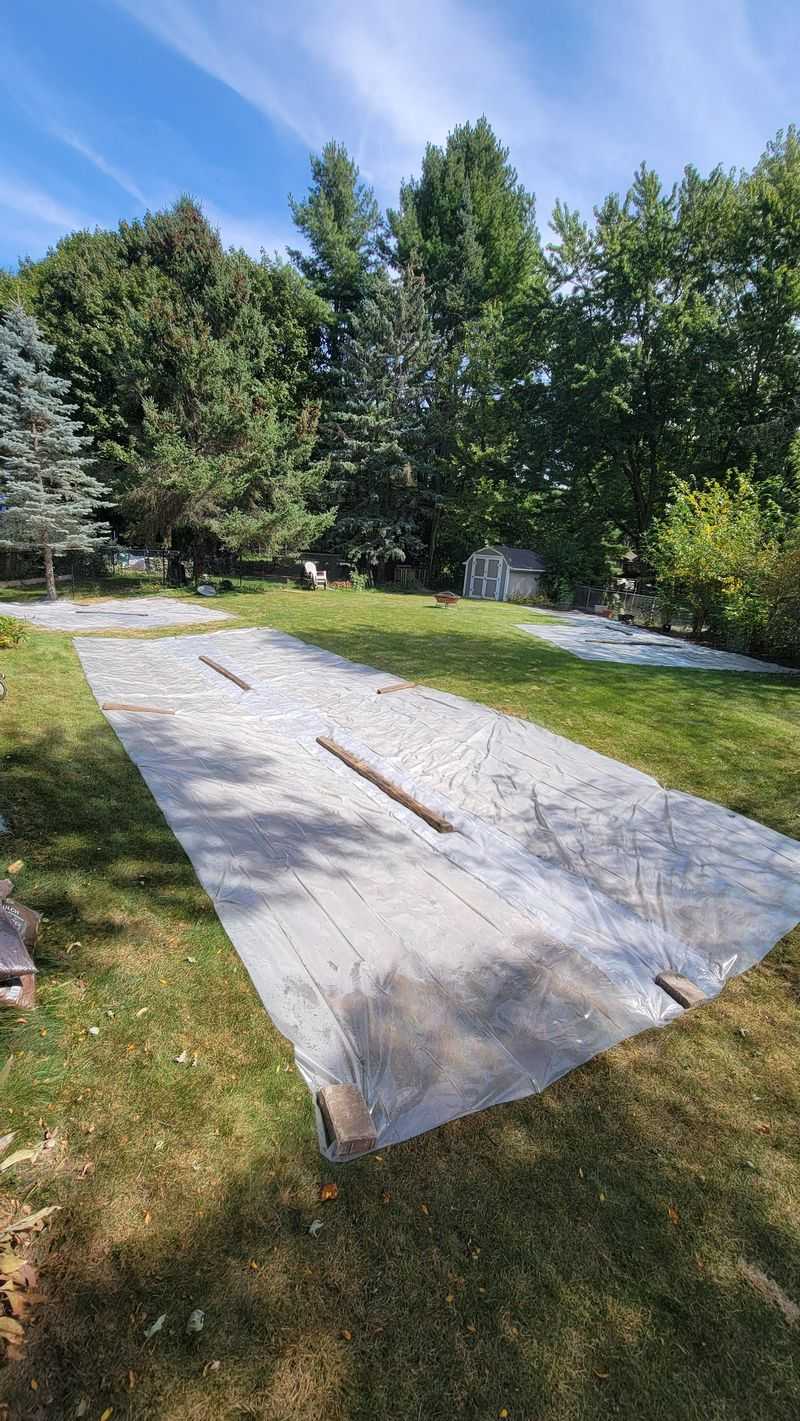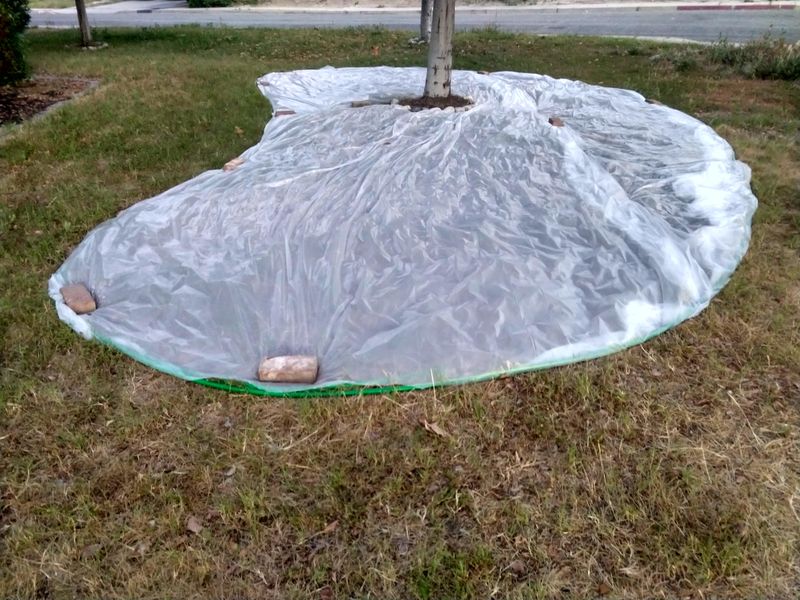Tired of weeds and bugs ruining your garden every year? There’s a simple, natural trick that can help—and it uses nothing but sunlight. Soil solarization is an easy method that warms the soil to stop pests, weed seeds, and diseases before they even start.
With just a sheet of plastic and a little patience, your garden can grow healthier than ever.
1. Weed Seed Destruction
The intense heat trapped under the plastic during solarization cooks weed seeds before they have a chance to sprout. Many common garden weeds can’t survive temperatures above 115°F, which solarized soil easily reaches during summer months. For best results, moisten the soil before covering it with plastic.
The combination of heat and moisture penetrates deeper, destroying even the toughest weed seeds that typically survive other methods.
2. Nematode Knockout
Microscopic root-knot nematodes cause massive damage by attacking plant roots underground. Fortunately, these tiny pests can’t handle the high temperatures created during proper soil solarization. Most nematode species begin to die at temperatures between 125-130°F.
When you solarize soil for 4-6 weeks during the hottest part of summer, you effectively eliminate generations of these root-destroying creatures without chemicals.
3. Fungal Disease Prevention
Garden soil often harbors fungal pathogens like Fusarium and Verticillium that cause devastating plant diseases. Solarization raises soil temperatures high enough to kill or significantly reduce these harmful fungi.
Unlike chemical fungicides that target specific pathogens, solarization works broadly against many types of fungal diseases. The heat penetrates several inches deep, reaching dormant spores that would otherwise emerge later to infect your plants.
4. Bacterial Pathogen Reduction
Harmful bacteria thrive in garden soil, causing problems like bacterial wilt and crown gall. The sustained high temperatures from solarization significantly reduce populations of these microscopic troublemakers.
Many plant-damaging bacteria die when exposed to temperatures above 120°F for several days. Solarization creates these conditions naturally, giving your plants a clean start without the use of antibiotics or harsh chemicals.
5. Insect Egg Elimination
Many garden pests lay eggs in soil where they wait to hatch and attack your plants. Solarization heats the soil to temperatures that destroy these eggs before they become a problem. Insect eggs from pests like cutworms, wireworms, and certain beetles cannot survive the extreme heat.
By eliminating this life stage, you break the pest lifecycle and reduce future infestations without spraying insecticides.
6. Soil Structure Improvement
Beyond pest control, solarization actually improves your soil’s physical structure. The heating process helps break down organic matter faster, releasing nutrients and creating better growing conditions. As organic materials decompose more quickly under the heat, they create humus that improves soil aggregation.
Plants grown in solarized soil often show stronger root development and better overall growth due to this improved structure.
7. Nutrient Release Acceleration
The heat from solarization speeds up chemical processes in soil that make nutrients more available to plants. Minerals like nitrogen, phosphorus, and potassium become more accessible after treatment. Garden vegetables planted in solarized soil often grow faster and produce higher yields.
This natural fertility boost happens because the heat accelerates the breakdown of organic matter and increases the activity of beneficial microorganisms that help release nutrients.
8. Weed Growth Reduction
Solarization gives your plants a head start by eliminating competing weeds. Studies show that properly solarized garden beds can remain relatively weed-free for up to six months after treatment. The clear plastic allows sunlight to penetrate while trapping heat, creating an environment where weed seeds germinate but quickly die from extreme temperatures.
This ‘fatal germination’ effect dramatically reduces weed pressure throughout the growing season.
9. Beneficial Microbe Preservation
Surprisingly, soil solarization doesn’t kill everything! Many beneficial soil microorganisms can survive the heat or quickly recolonize afterward. These good microbes often recover faster than harmful ones. Heat-resistant beneficial bacteria and fungi actually thrive once competitors are eliminated.
After solarization, these helpful microorganisms multiply rapidly in the pathogen-free environment, creating a healthier soil ecosystem that naturally supports plant growth.
10. Chemical-Free Pest Management
Garden chemicals can harm beneficial insects, contaminate water, and create resistant pest populations. Solarization offers a completely chemical-free alternative that works with nature rather than against it. Many gardeners appreciate this eco-friendly approach that leaves no harmful residues.
Children and pets can safely play in gardens treated with solarization, and edible plants grown afterward contain no chemical residues.
11. Reduced Water Requirements
Gardens with solarized soil typically need less water throughout the growing season. The improved soil structure allows better water penetration and retention where plant roots can access it. Plants growing in solarized soil develop stronger, healthier root systems that can access water more efficiently.
The reduction in competing weeds also means more water goes to your intended plants instead of being stolen by unwanted vegetation.
12. Extended Growing Season
Solarized soil warms up faster in spring, allowing earlier planting of heat-loving vegetables. The improved soil conditions create a better environment for early root development and growth. Gardeners in cooler climates particularly benefit from this warming effect.
Plants like tomatoes, peppers, and melons can be planted weeks earlier in solarized soil, giving them a longer growing season and potentially increasing yields.
13. Healthier Transplant Establishment
Young seedlings and transplants establish more quickly in solarized soil. The reduced competition from weeds and lower pest pressure allows plants to focus energy on growth rather than defense. Root development happens faster in the pathogen-free environment.
Gardeners often notice that transplants in solarized soil show less transplant shock and begin active growth sooner than those planted in untreated soil.
14. Long-Term Weed Suppression
The weed control benefits of solarization can last long after you remove the plastic. Many aggressive perennial weeds with deep root systems are significantly weakened or eliminated by proper solarization.
Troublesome weeds like bermuda grass, nutsedge, and bindweed struggle to recover after their underground structures are damaged by heat. This long-lasting effect means less time spent weeding throughout the growing season.
15. Recycled Plastic Utilization
Solarization gives purpose to old plastic sheeting that might otherwise end up in landfills. Many gardeners reuse plastic from packaging, old shower curtains, or other sources for this technique. Clear plastic works best, but slightly cloudy plastic can still be effective in very hot climates.
After use, the plastic can often be cleaned and stored for future solarization projects or recycled, making this an environmentally friendly gardening practice.

